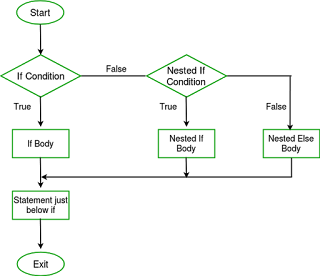How “nested Else” creates #bias and the impact on automated decision making
On Page 191 John explores the Else Test
----
At a simple level a nested Python If; Else statement can
look like the code below. This is beautiful in its simplicity and offers a repeatable
and deterministic way to match a grade to the logical number of the mark
obtained. In each case there is one
output; based on the actual input mark.
Happy days
if grade >= 90:
print("A grade")
elif grade >=80:
print("B grade")
elif grade >=70:
print("C grade")
elif grade >= 65:
print("D grade")
else:
print("Failing grade")
Let’s change the case slightly to something which says has
more difficult to answer. “Are you are
good parent?” We can approach the problem
in two ways. The simple way that hides the
complexity and based on a score which determines if you are a good parent (code
below)
if grade >= 90:
print("A grade Parent")
elif grade >=80:
print("B grade Parent ")
elif grade >=70:
print("C grade Parent ")
elif grade >= 65:
print("D grade Parent ")
else:
print("Failing grade Parent ")
The astute see that we now need to get under the skin of who,
how and what was used to create the grading number and how who determined the
boundaries. And this is where bias occurs,
in the unseen factors of the decision making
However, we can take another approach which opens up the
idea wider.
if “did you give your kids sweets” == TRUE:
if “was it a reward” == TRUE;
THEN
{
propensity_Parent_being_good = +1
}
elif “was it a bribe” == TRUE;
THEN
{
propensity_Parent_being_good = -1
}
else “unsure of propose” == TRUE;
THEN
{
propensity_Parent_being_good = 0
}
So why interesting.
You can only have so many nested If statements before the code becomes slow to
run and of poor quality. Depending on
the tests you perform (which depends on the data you have access to) determines
your decision. Who determines the questions and the levels provides a bias and
the bias is there to create value for the company making the calculation. What it means is that our very comput language
and structures create a bias.
Further reading
Coding Tips with Bias https://medium.com/@ritidass29/coding-tips-to-subdue-psychological-bias-1c10b23b3b3e
Pew Report Bias in systems https://www.pewinternet.org/2017/02/08/theme-4-biases-exist-in-algorithmically-organized-systems/
Algorithms Are Not Inherently Biased https://www.datadriveninvestor.com/2019/04/08/algorithms/
